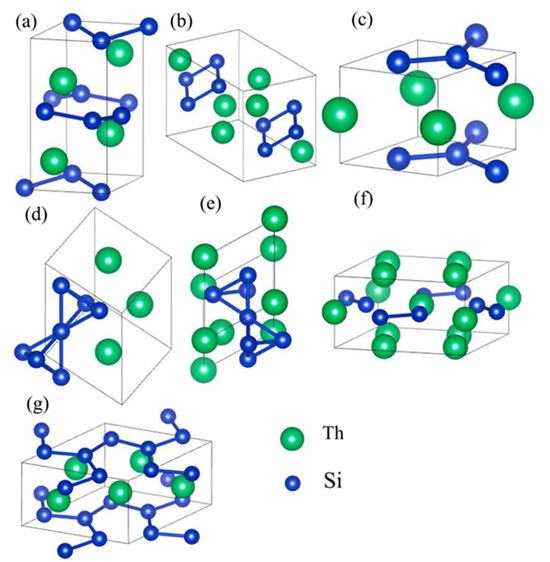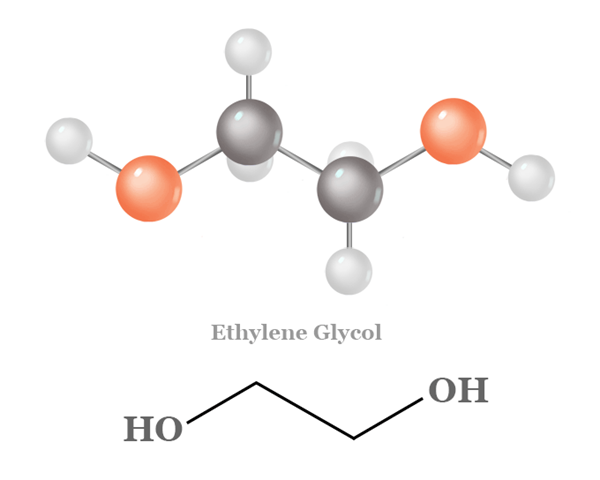Crystal Structure and Properties of Thorium Disilicide and Other Thorium Silicides
The equilibrium phases of thorium silicide were synthesized and studied many years ago. ThSi was reported to have a Pnma structure, with the silicon atoms forming zigzag chains within this configuration. Thorium disilicide (ThSi2) exhibits two crystal structures known as the α-phase and β-phase. The β-phase can undergo transformation to the α-phase at high temperatures. In Th3Si2, the silicon atoms form dumbbell-like structures within a space group of P4/mbm. Th3Si5 is a nonstoichiometric structure synthesized in experiments, with a space group of P6/mmm.
All these thorium silicide materials with various atomic ratios mentioned above have hitherto only been studied at ambient pressure or a small pressure ranges. However, nuclear fission process has an extremely severe environment, including high temperature and high pressure. Thus, understanding the phase stabilities and physical properties of thorium-silicon materials represent above under high pressure has profound theoretical and practical values[1].

Figure 1. Predicted stable crystal structures of thorium silicide[1].
The figure above shows the predicted stable crystal structures of thorium disilicide: (a) Pnma, (b) I4/mmm, (c) P6/mmm, (d) I41/amd, (e) Fd3m, (f) P4/mbm and (g) P62m. CALYPSO , a particle swarm optimization method software, is implemented to search for probable stable phases of thorium disilicide with various atomic ratios, using cells containing up to 4 formula units. Structure searches are performed at multiple pressures, i.e. ambient pressure, 50, 100, 150 and 200 GPa at 0 K[1].
Reference
[1] Crystal stabilities and electronic properties of thorium silicide under ambient conditions and high pressures from a first-principles study. DOI:10.1016/j.commatsci.2021.110561


